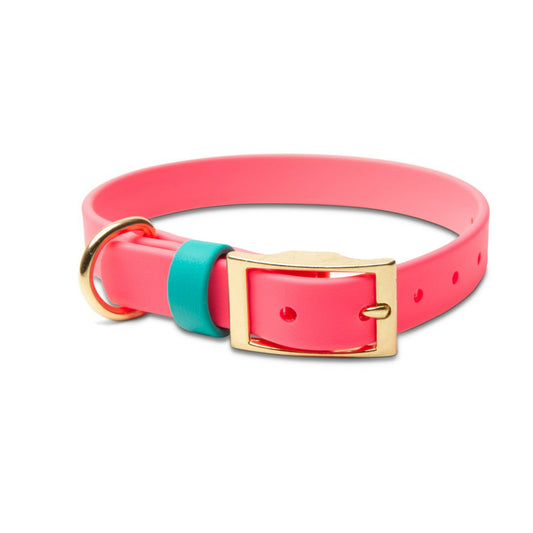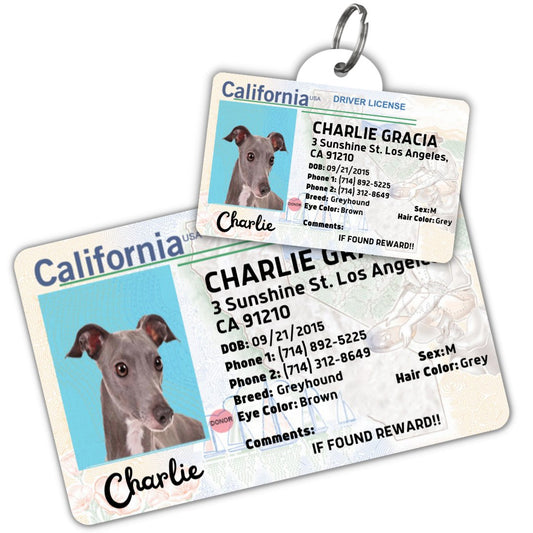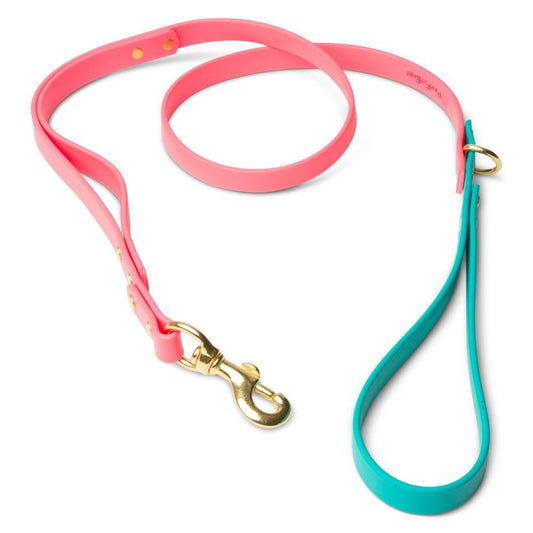
The Ultimate Guide to Walking Your Dog: Why, When, and How Often
In this comprehensive guide, we'll delve into the importance of dog walks, how often they should happen, the benefits they bring, and how a waterproof collar and waterproof leash can make this a more enjoyable experience.
Why Walking Your Dog is Crucial
Dog walks form an integral part of a pup's daily regimen, and the reasons are manifold.
Physical Well-being
Just like us humans, dogs need regular exercise to maintain an optimal weight and muscle tone. Regular walks can help ward off obesity and related health issues, such as diabetes, heart disease, or arthritis.
Mental Health
A walk is not just about physical activity. It's a mental exercise that lets your dog explore their environment, sniff around, and interact with other dogs. This mental stimulation helps in building confidence and can mitigate behavioral issues like anxiety and aggression.
Socialization
Walks provide an opportunity for your dog to socialize. They get to meet other dogs and people, which is a great way to improve their social skills and reduce fearfulness or aggressiveness.
Training Opportunities
A walk is a great time to reinforce training. You can work on obedience commands like "sit", "stay", and "heel", making the walk an interactive and learning experience for your dog.
Determining the Frequency of Dog Walks
The frequency of dog walks depends largely on your dog's breed, age, health, and your schedule. While there's no one-size-fits-all answer, here's a general guide:
Puppies
Young pups have bundles of energy but less endurance. A 10-minute walk two to three times a day is usually sufficient for puppies. However, they should be comfortable walking on a leash before going for a full-fledged walk. Start small and gradually increase the distance.
Adult Dogs
For adult dogs, a 10 to 15-minute walk is usually a good starting point. As long as there are no underlying health issues, the length of the walk can be gradually increased or taken twice a day. Active breeds might require longer or more frequent walks.
Senior Dogs
Senior dogs can benefit from shorter, slower-paced walks. Regular movement can help prevent joint stiffness and inflammation. However, always monitor your dog for signs of fatigue or discomfort during walks.
How to Improve Your Dog's Walking Experience
While regular walks are crucial, the quality of the walk is just as important. A good walk should be interactive, stimulating, and comfortable for your dog. Here are some tips to improve your dog's walking experience.
Equip Your Dog with a Waterproof Collar and Leash
When it comes to dog walks, a reliable collar and leash are a must. Opt for a waterproof collar and waterproof leash from PawFurEver. Not only are they durable and easy to clean, but they also offer comfort and security during walks, regardless of the weather. Check out PawFurEver's range of waterproof collars and leashes here.
Treat the Walk as a Training Opportunity
Use the walk as a time to train your dog. Teach them to walk at your pace and respond to commands like "sit" and "stay". Positive reinforcement with treats and praise can make this a successful and enjoyable experience.
Be Mindful of Your Dog's Comfort
Take care of your dog's comfort during walks. Avoid walking them on hot asphalt or in extremely cold weather. Make sure they have cozy things to keep them warm in winter, and provide plenty of water during hot days.
Alternatives to Walks
While walks are a great form of exercise, they're not the only way to keep your dog active. There are several other activities you can engage your dog in, such as:
Indoor Training
Training your dog at home can offer mental enrichment. Teach your dog new tricks or reinforce old ones. This can be a fun way to get them moving and stimulate their mind.
Interactive Toys
Interactive toys can keep your dog busy and active indoors. These toys often involve hidden treats that your dog has to find, providing both physical and mental exercise.
Dog Sports
Consider participating in dog sports like agility or scent work. These activities can provide a great workout for your dog and are also a lot of fun.
In conclusion, walking your dog is an essential part of their daily routine. It provides a host of benefits, from physical exercise to mental stimulation and socialization. Whether it's a quick stroll around the block or a long hike in the park, each walk contributes to your dog's overall well-being. So, grab that waterproof collar and leash, and set out on a walking adventure with your furry friend today!





